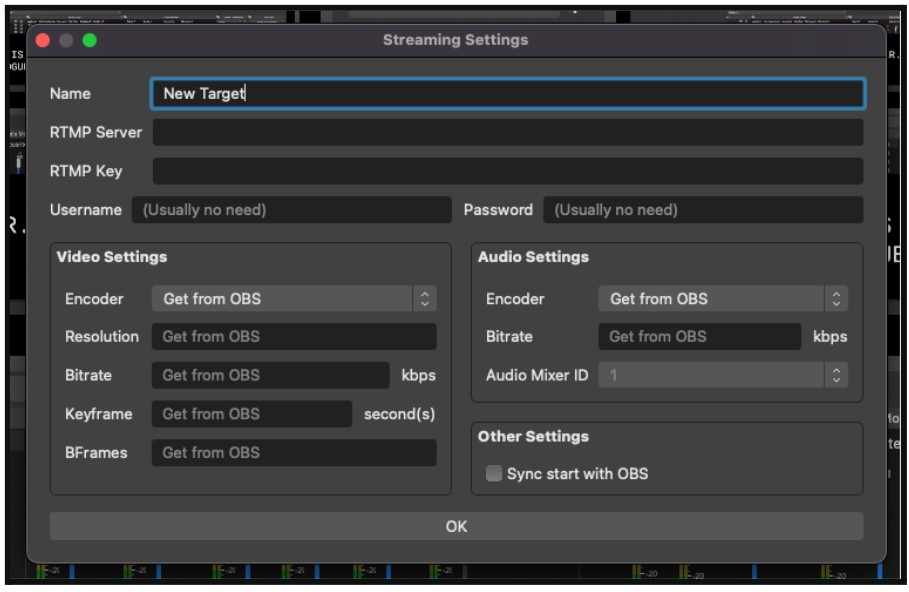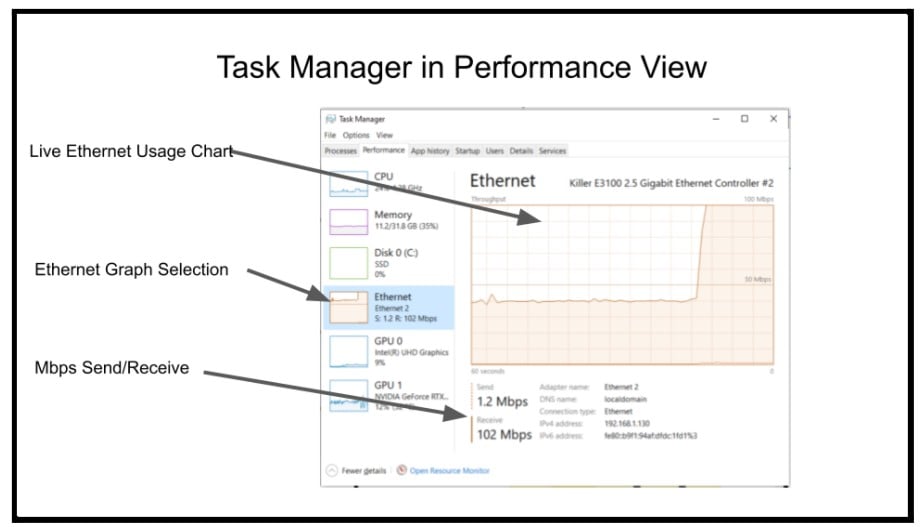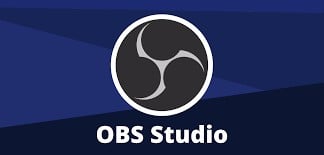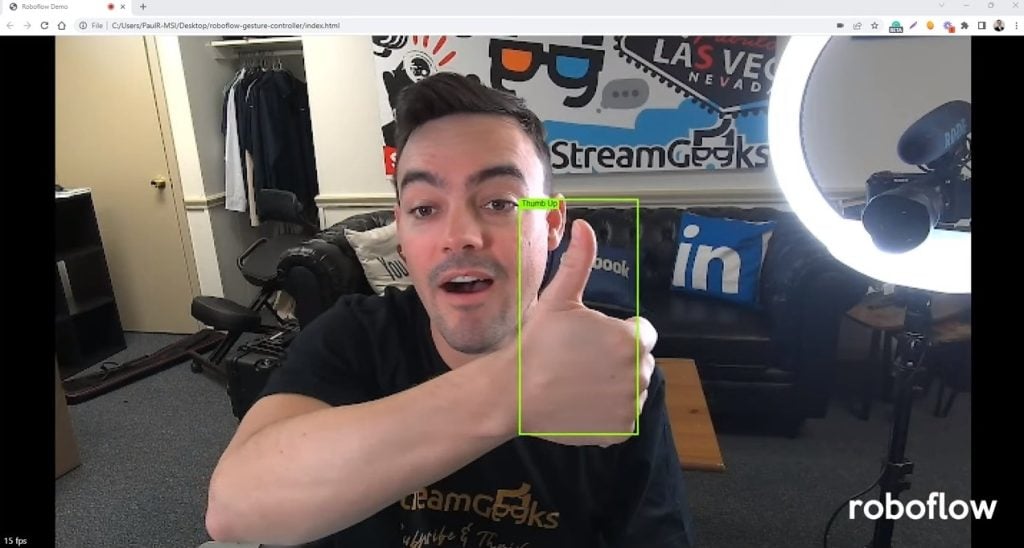Multiple RTMP Streaming in OBS
Written by Paul Richards on February 8, 2022
As content creators seek to grow their audiences and reach new people, many want to begin streaming to multiple platforms. For example, streamers with channels on YouTube may want to expand their audience to Facebook. Gamers streaming to Twitch may also like the stream to be available on YouTube. In the past, OBS users were limited to streaming to one platform. To send streams to multiple places, many users had to change to different production software or use a third-party service to restream the OBS output to multiple platforms. While re-streaming with cloud-based streaming providers is a great way to reduce computer processing and upload bandwidth requirements, many OBS users have computers and internet speeds that can handle streaming to multiple destinations simultaneously. The Multiple RTMP streaming plugin makes it possible to stream to as many destinations as your computer and internet connection can handle.

Multiple RTMP Output is easily configured using standard RTMP server and key information
Installing Multiple RTMP Output
The Multiple RTMP Output plug-in is available for Mac and PC and can be downloaded from the OBS website https://obsproject.com/forum/resources/multiple-rtmp-outputs-plugin.964/. Self-installation wizards are available for the Mac and Windows versions. This is the best route for most users. If you would like to install the plug-in manually, extract the .zip file and place the plug-in files in the correct folder on your computer. When you are done, restart OBS.
Using Multiple RTMP Output
If the plug-in is installed correctly, you should see it as a floating panel in the upper left corner. This is a dockable panel, so you can move it around and place it anywhere in the OBS user interface.
- If it is not already configured, set up your primary stream as usual. You can access the primary stream configuration in the Settings menu in the Stream tab and more advanced options in the Output tab.
- Go to the Multiple RTMP Output Panel and click Add New Target.
- Manually enter the RTMP Server and RTMP Key
- Under Video Settings, it is recommended that you leave all settings as “Get from OBS.” This will enable Multiple RTMP Output to use the main OBS output and stream it to the additional server. There may be occasions when you want to use a separate encoder and settings, but know that it will significantly increase the demand on your computer’s CPU. See more below under Bandwidth and CPU Concerns.
- Under Audio Settings, it is again recommended that you use the “Get from OBS” option. But, again, you do have the option to use a separate audio source. This could be ideal for sending out a stream in another language for example.
- Under Other Settings, click Sync start with OBS if you want the second stream to start automatically with your primary stream.
- Repeat this process to add any additional RTMP outputs.
Bandwidth and CPU Concerns
Before sharing your first stream to multiple platforms, you will want to pay attention to the use of bandwidth and your computer’s CPU. First of all, even though Multiple RTMP Output can use the primary output of OBS, it will still be using up additional bandwidth in order to stream to multiple platforms. Therefore, adding just one additional target will nearly double the bandwidth used. This is an especially important consideration if you have limited upstream bandwidth.
Try running a bandwidth test to get an idea of your available upload and download speeds. You can do this quickly by Googling “speed test” and following the instructions from Google. As a general rule, your upload bandwidth should be roughly double your total bitrate for all your streams. So, if you have an upload bandwidth of 10 Mbps, you would not want to send more than 5 Mbps. For example, if your primary stream is 2500 Kbps, a second stream would double that, giving you 5000 Kbps which is equal to 5Mbps.
Adding another target could take your bandwidth use past the guideline of half your available upload bandwidth. While it is possible to get away with using more than half the upstream bandwidth, you will want to do extensive testing to be sure there aren’t any problems. You can monitor your bandwidth usage using your computer’s monitoring application such as Task Manager on Windows.

Task Manager appears in the Performance view with Ethernet selected.
As covered in the setup instructions, it is recommended that you set the video settings of your secondary sources to “Get from OBS.” This takes advantage of Multiple RTMP Output’s ability to share the encoding work with the primary OBS output. If you do opt to encode a second stream separately, know that this will significantly impact your CPU. Adding a third source will add even more to your computer’s load. Whatever settings you choose, just be sure that your PC or Mac can handle the extra work without dropping frames or crashing. This is where you can monitor your computer’s performance while streaming using the OBS Stats.
How Multiple RTMP Output is Being Used
Houses of Worship
Many houses of worship are using live streaming to reach a larger audience. Some may have started streaming on YouTube and now want to expand to Facebook live or vice versa. Houses of worship often run on minimal technology budgets, so purchasing new software or using a third-party service might be out of the question. Now they can use Multiple RTMP Output right inside OBS.
Gaming
Gamers are using Multiple RTMP Output to stream their gameplay and commentary to multiple gaming and social media sites. Gamers with the proper hardware can even take advantage of the option to use multiple encoders. This way, they can send videos with different bitrates and resolutions to match the streaming platform.
Pros and Cons
Pros: It’s Free and easy to setup. It can eliminate the need for a third-party restreaming services. It does not require excessive CPU power when correctly configured.
Cons: It can push the limits of upstream bandwidth when sending multiple streams. It can be highly demanding on CPU when using separate encoders for each stream.
Alternatives to Multiple RTMP Output
Currently, the only other options for streaming to multiple servers from OBS are third-party services like Castr or Restream.
Key Takeaways
- Before this plug-in, OBS users have had to rely on third-party services to capture their stream and restream it to other sites.
- Now users can stream to multiple live streaming servers without ever leaving OBS.
Additional chapters from the OBS Superuser Guidebook
- Chapter 1 - An Update on the Updates here
- Chapter 2 - How to Customize OBS here
- Chapter 3 - How to Optimize OBS here
- Chapter 4 - How to use the core features of OBS here
- Chapter 5 - How to use video filters in OBS here
- Chapter 6 - How to use audio filters in OBS here
- Chapter 7 - The Top 10 OBS Plugins here
- Chapter 8 - The Multiple RTMP Streaming Plugin here
- Chapter 9 - The Automatic Scene Switching Plugin here
- Chapter 10 - How to record multiple sources in OBS here
- Chapter 11 - How to dock sources with live video in OBS here
- Chapter 13 - How to use NDI in OBS here
- Chapter 14 - How to route Audio in and out of OBS here
- Chapter 15 - How to use Virtual Audio cables with OBS here
- Chapter 16 - How to use VST Audio Plugins for OBS here
- Bonus Chapter - How to fix audio sync issues in OBS here
- Chapter 16 - How to use use hotkeys with filters here
Check out our other articles about Open Broadcaster Software below:
- Updated - How to connect OBS and Zoom with VoiceMeeter and Headphone Monitoring - here.
- Learn how to use OBS for remote production here.
- How to connect OBS with Zoom, here
- OBS vs vMix a complete review here.
- How to use Zoom for Church Meetings and Worship here.
- Here are the top 10 OBS features you need to know about
- Getting dropped frames in OBS. Here are some new feature to help with that.
- Take a look at OBS 24 and all the new feature here.
- Increase your productivity with OBS and learn how to use hotkeys here
- Learn how to setup animated stinger transitions in OBS here
- Learn how to install the NDI plugin for OBS (and why you should) here
- Learn more about the latest OBS user interface (UPDATED for 2019) here
- Make your audio in OBS sound great with these VST 2 plugins here
- Learn how to fix the most common OBS issues! Audio and Video Sync! here
- Learn how to use OBS 20+ here
- Learn how to use NDI Cameras with OBS here
- Learn how to use the OBS Multiview here
- Learn OBS quickly with our ZERO to SIXTY tutorial video here
- Learn more about OBS settings and optimizing your settings for live streaming here
- Learn how to record videos using OBS here
- New OBS 24 feature allows broadcasters the ability to pause and restart video recordings. Learn more here.
- Learn how to add live annotations over your OBS productions here
- Learn how to add a webcam and set up a picture in picture scene inside OBS here
- Learn how to crop and rotate inputs inside OBS here
- Learn how to use color correction tools and LUTs here
- Learn the best way to connect OBS and Zoom here
- Learn how to connect OBS and Teams here
- Learn how to use countdown timers in Teams here
- Learn where OBS recordings are saved here
- Learn how to live stream to YouTube and Facebook with OBS for free here
- Learn about OBS 27's new features here





